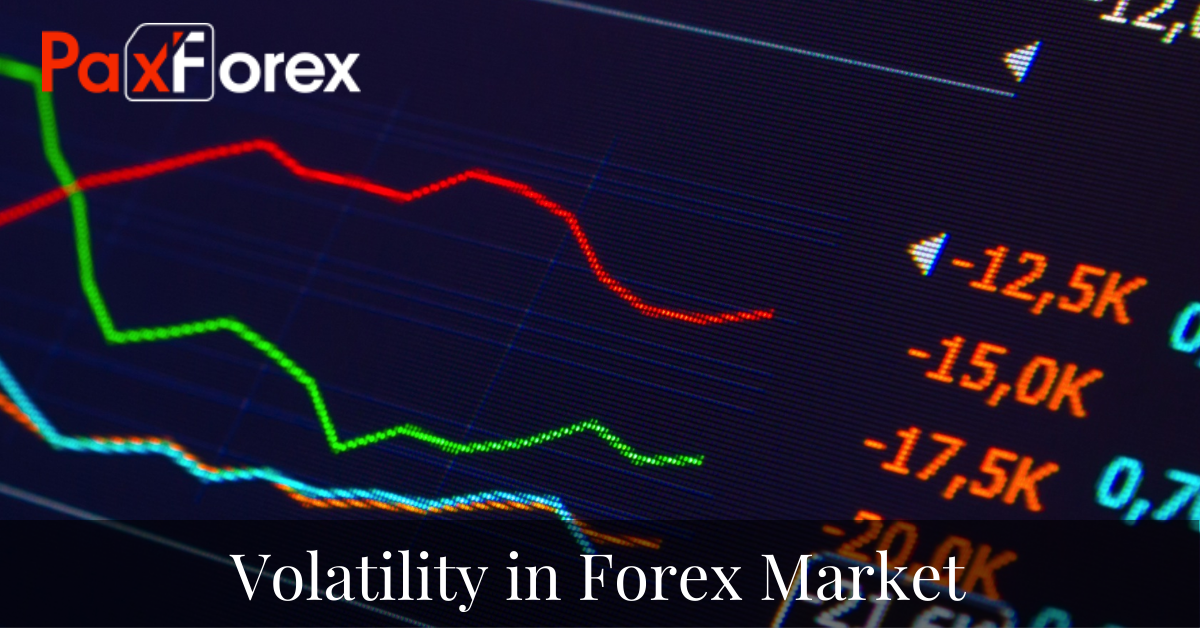
Volatility is a measure of the degree of change in the value of a currency, currency pair or the forex market as a whole. Volatility is most commonly referenced when a currency has sharp changes in value compared to many of the other currencies in the market. Low volatility means that there is little or no change in value over a specific period of time while high volatility means that values have varied significantly over a period of time.
Volatility is esteemed as a random value and its mathematical modeling provides basis for all risk assessment methods used on the forex exchange market. For volatility measurement statistical standard deviation is calculated. It also determines exposure of financial investments. In intraday trading the most significant volatility indicator is average daily price range; in longer positions evaluation of an average weekly, monthly or annual range may be used.
Volatility is regarded by forex traders as one of the most important informational indicators for decisions on opening or closure of currency positions. It could be appraised through following financial indicators: Bollinger Bands, Commodity Channel Index, and Average True Range. An additional important index is the RVI (Relative Volatility Index). It reflects direction in which price volatility changes. RVI’s main characteristic is that it confirms forex oscillators’ signals (RSI, MAСD, Stochastic and others).
Volatility is often viewed as a negative in that it represents uncertainty and risk. However, higher volatility usually makes forex trading more attractive to the market players. The possibility for profiting in volatile markets is a major consideration for day traders and is in contrast to the long term investors' view of buy and hold. Volatility does not imply direction. It just describes the level of fluctuations (moves) of an exchange rate. A currency pair that is more volatile is likely to increase or decrease in value more than one that is less volatile.
When traders say that the market is highly volatile it means that currency quotations change drastically during a trading session. High volatility of the market stands for higher risks for investors, but generates more opportunities of high profits. Many novice traders tried to enter highly volatile markets looking for bigger profits and quickly suffer serious losses. Experienced investors may like to utilize volatile market opportunities up to direct volatility arbitrage.







